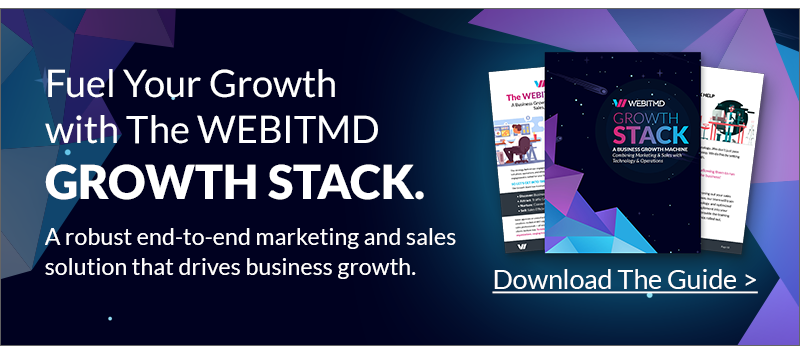In today’s data-driven world, businesses are always looking for ways to trace marketing and sales activities back to revenue.That means analyzing and learning from the continuous cycle of clicks, conversions, and communications to find meaning in the chaos.
There’s always a story in the data. Learning how to interpret and use the available information can help organizations create better processes and – yeah, you guessed it – use data-driven sales enablement to become more effective.
Getting Started With Data-Driven Sales Enablement
Making the best use of your customer data will help to improve your team’s performance and reduce friction throughout the sales cycle. Here are some tips to help you get started with data-driven sales enablement:
#1: Accumulate Data in One Place
When the left-hand doesn’t know what the right hand is doing, things fall through the cracks – and sales enablement is no exception to this concept. Storing all your customer data in a single, centralized location makes it easy for sales and marketing teams to share information and act in synchronicity.
In a CRM or content management system (CMS), data-driven sales enablement easily connects lines between data points, so you can ascertain what lead sources are producing the most opportunities, what the close rate is for those opportunities, and what the average deal size is. You can then take the numbers and replicate the process, making tweaks along the way.
Without a customer relationship management (CRM) software or database that synchronizes with all systems, getting accurate data readings and content analysis dicey, so this is a great first step toward sales and marketing alignment.
#2: Keep the Customer in Mind
The best way to get more customers is to listen and be receptive to what earned your existing customers’ loyalty and trust in the first place. One way to do that effectively is to focus on the customer experience and regularly ask for feedback along the buyer’s journey.
According to Salesforce, 80% of customers say the company experience is as important as its products and services. Here are some questions you can ask to learn what your customers value the most about your company:
- How did you hear about us?
- What made you decide to work with us over other competitors?
- What’s your favorite thing about our product/service?
- Name three things our product/service helps you with
- Was our pricing and conversations easy to understand leading up to the sale?
- Was it easy to get answers to your questions?
Surveying current customers means you’ll have a front-row seat to your customer journey as time goes on. Doing so is pivotal, so you’re aware of how you’re perceived as a company and can optimize the content you share — especially during those early conversations in the sales process (as first impressions are everything!).
The better you communicate, form meaningful relationships, and separate yourself from the pack; the more likely it is that you will win new customers and retain existing ones.
#3: Prioritize Ongoing Training and Mentorship
Around 84% of salespeople hit their targets when business leaders incorporate a best-in-class sales enablement strategy. The value of training salespeople with dynamic materials cannot be underpinned enough — and that includes working and aligning with marketing for the best content. A data-driven sales enablement strategy allows you to identify what training materials and collateral are the most effective for the customer experience. After all, numbers don’t lie.
Materials such as playbooks, pre-call checklists, call scripts, and one-pagers give sales huge advantages in closing deals and will be routinely improved if the training happens regularly. This gives sales leaders the autonomy to locate and use the data from their conversions throughout the funnel to figure out where they may need extra mentoring or insights to close deals.
Tip: If you’re unsure where to start, do an audit on these most common sales enablement materials to establish a baseline of quality content for your salespeople: email templates, call scripts, and pre-call checklists.
Data Enables Success
There’s a reason it’s called sales enablement — using conversions and making decisions from your numbers will shorten the sales cycle and empower salespeople to feel prepared for any situation and call. It’s a path to achieving higher revenue and increasing the alignment in your organization, which results in smoother processes internally as well.
If you’re interested in finding out more benefits of data-driven sales enablement, read our Growth Stack Guide.






.jpg)



.jpg)





![5 Reports to Elevate Your HubSpot Sales Dashboard [+ Examples]](https://blog.webitmd.com/hs-fs/hubfs/Imported_Blog_Media/6-winning-examples-of-a-hubspot-sales-dashboard-2.png?width=767&name=6-winning-examples-of-a-hubspot-sales-dashboard-2.png)